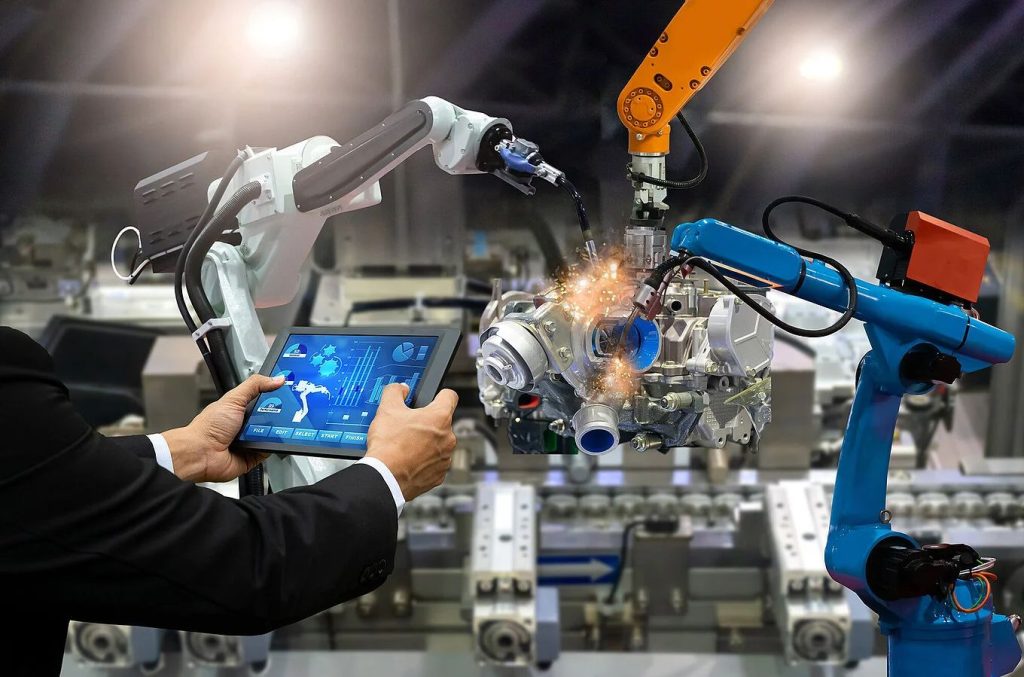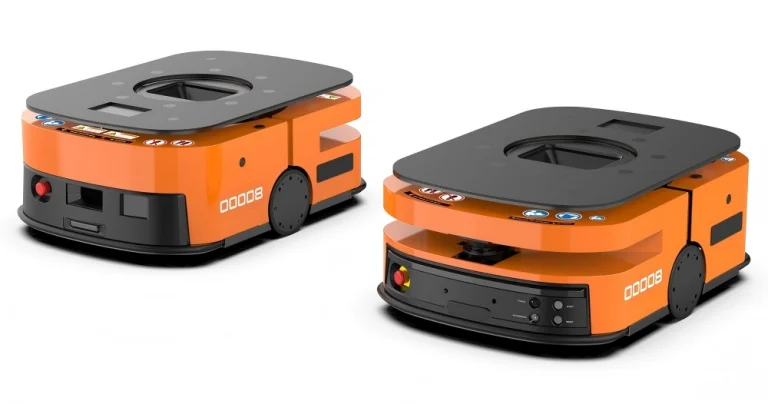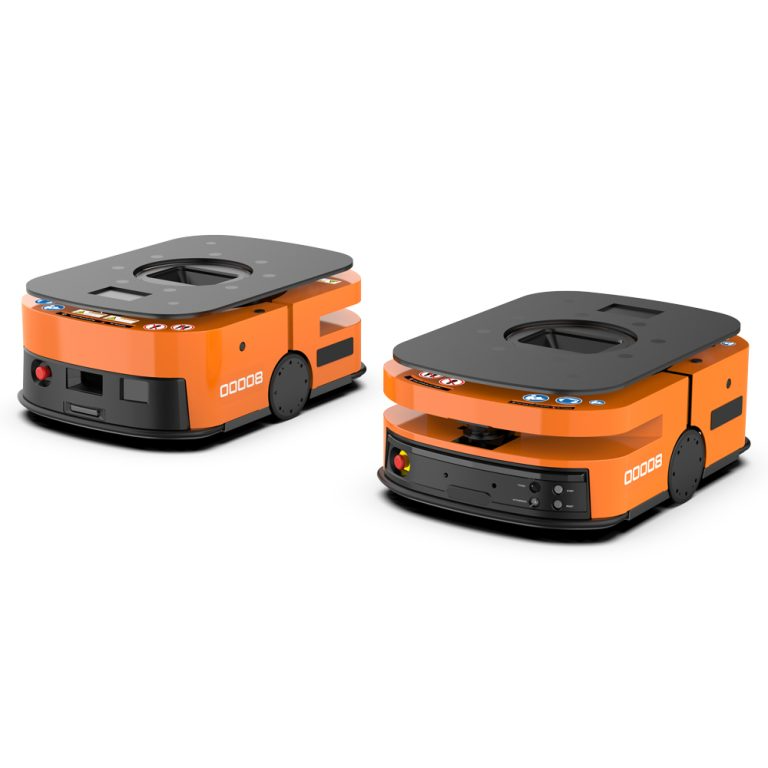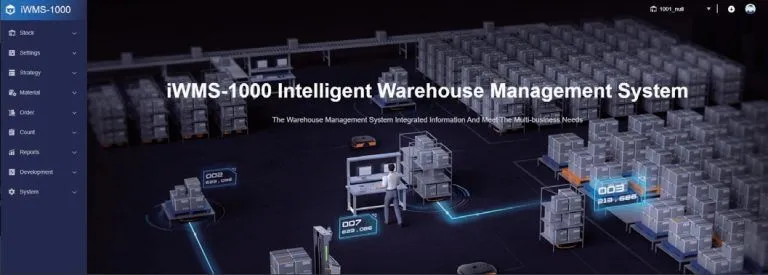
Hey folks! If you’re dipping your toes into the wild world of modern manufacturing, you might’ve stumbled across the term “material control system.” Sounds fancy, right? But what’s it all about, and why should you care? Whether you’re a factory boss, a logistics whiz, or just someone curious about how warehouses keep ticking, this guide’s here to lay it out. We’ll chat in a down-to-earth way and toss in some real-life nuggets to keep it interesting.
Understanding Material Control Systems
A material control system (MCS) is like the heart of a smart factory or warehouse. Picture it as the big brain that watches over every screw, box, or crate. It makes sure stuff moves to the right spot at the right time. This isn’t just about stacking things neatly. It’s about keeping inventory in check, smoothing out material flow, and dodging the mess of doing it all by hand.
At its core, an MCS blends software and gear. It tracks stock. It guesses what’s needed next. Then it orchestrates the action. Imagine a crazy-busy e-commerce spot during the holiday rush. Without an MCS, you’d see workers running around. Orders would pile up. Deadlines would slip away. With one? It’s like a well-choreographed dance, even on the wildest days.
What Makes Up an MCS?
Live Tracking: Keeps an eye on inventory round the clock.
Robotic Helpers: AGVs and AMRs handle the heavy lifting.
Data Insights: Spots patterns—like knowing you’ll need extra parts for a big rush.
System Links: Ties into production lines and shipping areas.
This setup isn’t just cool tech for show. It cuts down on slip-ups. Think losing items or overstocking. It speeds things up too. A solid MCS can turn a jumbled warehouse into a smooth-running operation. One time, I saw a place go from chaos to calm in weeks after setting one up—pretty neat, huh?
The Role of MCS in Agile Manufacturing
Agile manufacturing is all about staying loose and quick on your feet. Markets flip fast. New trends pop up. Customer wants shift. Factories have to roll with it. That’s where a material control system steps in. It lets you tweak production and stock on the fly to match what’s hot right now.
Take a 3C factory—think phones one day, tablets the next. An MCS uses AMRs to shuffle materials between lines without a hitch. Real stats back this up. Places using MCS have seen their output triple. Picking accuracy climbs past 99% with smart automation. Pretty impressive, right?
Why It Matters for Agility
Fast Switches: Jump to new products without a fuss.
Less Waste: Fewer extra items mean more savings.
Quick Deliveries: Orders roll out in as little as 15 days with smooth flows.
It’s not just about being fast. Agility keeps you in the game. An MCS gives you that edge by keeping things lean and ready to adapt. I once chatted with a guy who said his team cut downtime in half—talk about a win!
Industry Applications of Material Control Systems
Every industry faces its own headaches, and an MCS bends to fit. Let’s stroll through some key areas where these systems shine.
1. 3C Manufacturing Industry
In the 3C world—computers, comms, consumer electronics—speed and precision rule. Old-school warehousing can’t keep up with live inventory needs. An MCS jumps in with AMRs that zip materials to production lines. Imagine a robot snagging a circuit board and dropping it off in seconds—pretty slick!
Digging Deeper into 3C Manufacturing
Let’s linger on the 3C scene for a sec. These factories crank out gadgets non-stop. An MCS with AMRs doesn’t just move parts. It learns the layout. It dodges obstacles. One worker told me about a line that used to stall for hours. After adding an MCS, they shaved that down to minutes. The robots even adjust if a new model drops—pretty wild how they roll with it!
2. Manufacturing Industry
Factories deal with tricky logistics every day. An MCS with AGVs and AMRs moves stuff safely, cutting damage from human hands. One shop saw labor costs drop 40% after adding 120 AMRs. That’s a solid return!
Manufacturing: A Closer Look
In regular manufacturing, the stakes are high. Materials get heavy. Mistakes cost money. An MCS with AGVs cuts that risk. I remember a plant where a forklift mishap used to happen weekly. With AGVs, those incidents vanished. Plus, the system flags low stock before it’s a problem. That 40% labor drop? It came with happier workers too.
3. Retail Industry
Online shopping is a beast, especially with sales spikes. Retailers lean on MCS-driven robotic sorting to handle the rush. A system that reshapes the warehouse based on orders? That’s a big deal for keeping customers smiling.
Retail: The E-commerce Rush
Retail’s a different beast. Black Friday hits, and orders flood in. An MCS with robotic sorting handles it. One manager said they went from a week of overtime to a calm shift. The system reshuffles shelves based on what’s selling. It even picks the fastest delivery route. Customers notice that speed—sales went up 15% last year!
4. Automotive Industry
Car making juggles tons of parts. AMRs deliver pieces right where they’re needed, so production never stalls. A recent job hit 46 pallets per hour with just one stacker crane—efficiency at its best.
Automotive: Parts in Motion
Car plants are like puzzles. Thousands of parts need to align. AMRs make it work. A buddy in the industry showed me a setup where parts arrived just as the line needed them. That 46 pallets-per-hour mark? It saved them from a production halt. The MCS even predicts part wear—smart stuff!
5. E-commerce Industry
High order counts are the norm here. MCS-powered robots tackle picking, packing, and shipping, tweaking layouts as needed. A 30-day turnaround for a shuttle warehouse? That’s speed that builds trust.
E-commerce: Order Chaos to Order
E-commerce loves volume. An MCS turns that chaos into order. Robots pick, pack, and ship. A warehouse I visited switched layouts mid-season. Orders still went out in 30 days. The system watched stock live, avoiding empty shelves. That adaptability keeps buyers coming back.
6. Energy Industry
Safety’s a must in energy work. Heavy-duty AMRs haul gear, dodging risks in tough spots. Live monitoring keeps projects on track—crucial when deadlines loom large.
Energy: Safety First
Energy jobs are risky. Heavy gear, tight spaces. AMRs take the load off. One site cut manual lifts by 80%. The MCS tracked every move, ensuring safety gear was ready. Projects stayed on time. That’s a relief when you’re dealing with high-voltage stuff!
7. Food and Pharmaceutical Industry
Temp control and tracking are non-negotiable here. An MCS monitors that. One pharma guy said their batch tracking went from days to hours. Robots sorted meds by need. It met every regulation. That traceability builds trust with regulators.
Food and Pharma: Precision Matters
Food and pharma can’t mess around. Temps have to be perfect. An MCS monitors that. One pharma guy said their batch tracking went from days to hours. Robots sorted meds by need. It met every regulation. That traceability builds trust with regulators.
How MCS Enhances Warehouse Efficiency
An MCS doesn’t just move things. It does it smarter. Here’s how it jazzes up warehouse work, drawn from real experience.
Spot-On Accuracy: Hits 99%+ picking rates with smart systems.
Big Output Boost: Triples processing speed with automation.
Fast Turnarounds: Drops delivery to 15 days or less for tough jobs.
Check this table for a quick look:
| Measure | Old Way | With MCS |
| Picking Accuracy | Around 85% | 99%+ |
| Output Speed | 1x | 3x |
| Delivery Time | 30+ days | 15 days or less |
Real story: A Shanghai project pushed 92 pallets per hour with two stacker cranes. Proof an MCS can handle the pressure!
Extra Efficiency Tips
Want more from your MCS? Train your team on it. Check it weekly. One shop I know added a quick review and caught a glitch early. They also tweaked settings for peak hours. Small changes like that bumped their throughput another 10%. It’s all about staying hands-on.
Wesar Intelligence as a Material Control System Supplier

Wesar Intelligence stands out as a go-to for material control gear. With over 110 workers, including 6 software coders and 16 engineers, this crew brings top-tier know-how. Housed in a 7,000 m² factory in Nantong, China, they build integrated warehousing systems with AMRs, AGVs, and ASRS. Their MCS tools, like WMS and RCS, turn operations into efficiency machines that businesses count on.
Conclusion
So, there you go—a deep dive into what a material control system is and how it powers modern, agile manufacturing. From keeping 3C lines humming to ensuring pharma batches are spot-on, an MCS is a game-changer. It’s not just tech—it’s a way to work smarter, not harder. Give it a try, and maybe your warehouse will run like a dream too!
FAQs
What exactly is a material control system, and why should I bother?
A material control system is like the boss of your warehouse, tracking stock and managing flow. You should care because it cuts mistakes, speeds things up, and keeps you flexible—especially with changing demands.
How does an MCS fit into agile manufacturing?
It’s the secret sauce! An MCS lets you shift production and stock fast, using robots and data to roll with market changes without a hiccup.
Can a material control system work for a small outfit?
You bet! Even tiny businesses can use a basic MCS to boost efficiency without a huge cost. Start with a simple WMS and build from there.
What’s the best thing about an MCS?
Hands down, it’s the accuracy and speed. With 99%+ picking and 3x output, you’ll save time and keep customers grinning.
How do I kick off an MCS setup?
Start with a site check—experts can show up within 48 hours after visa okay. Then plan it out, test it, and roll it in bit by bit. It’s a process, but it pays off!








